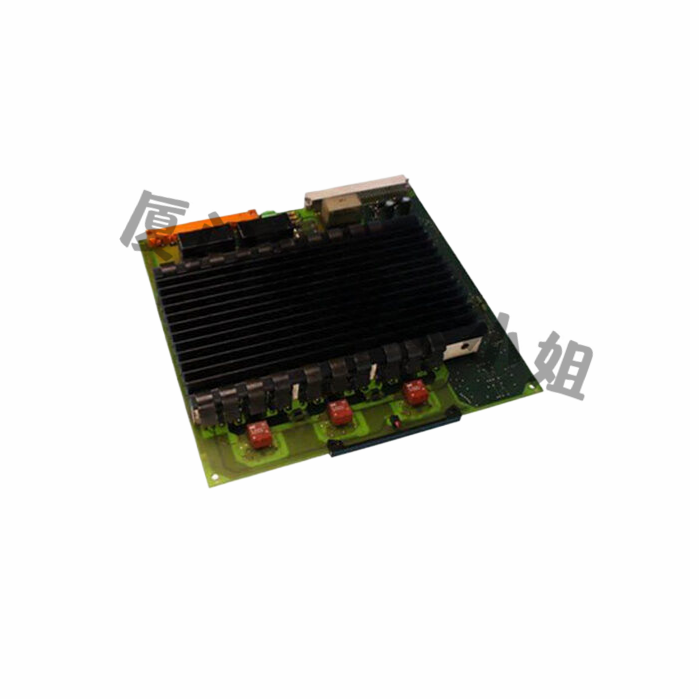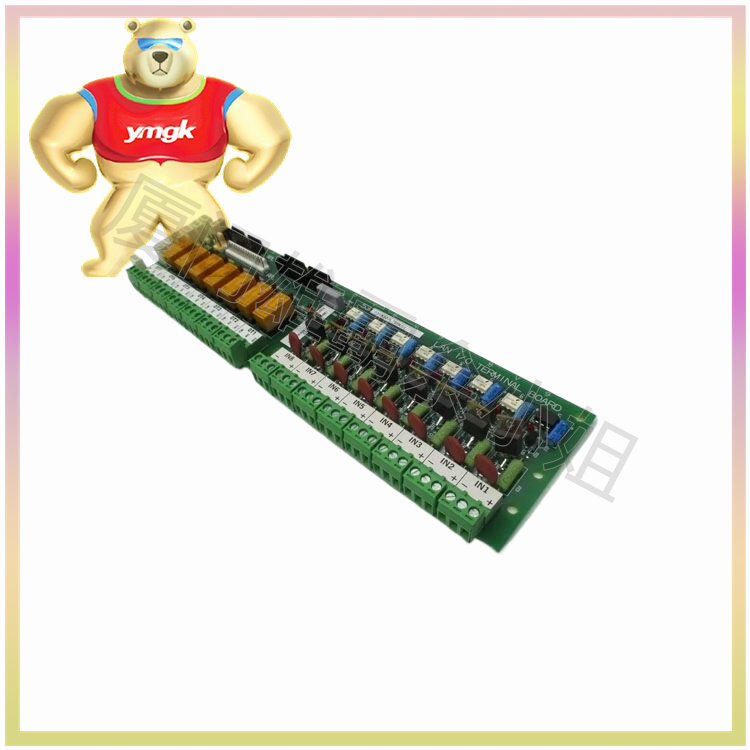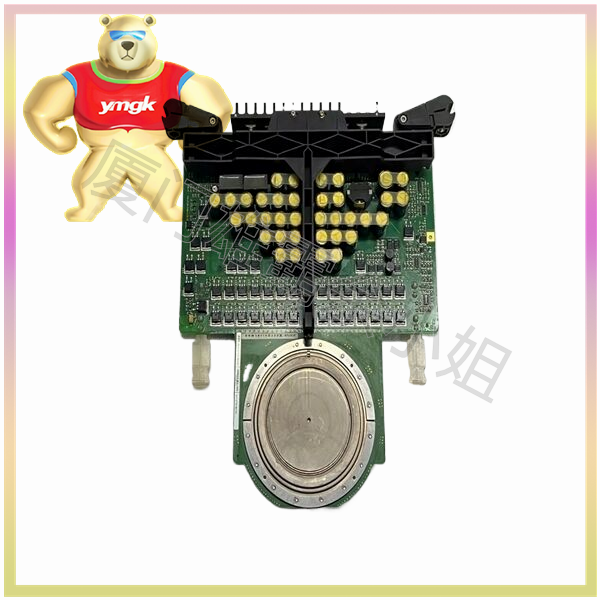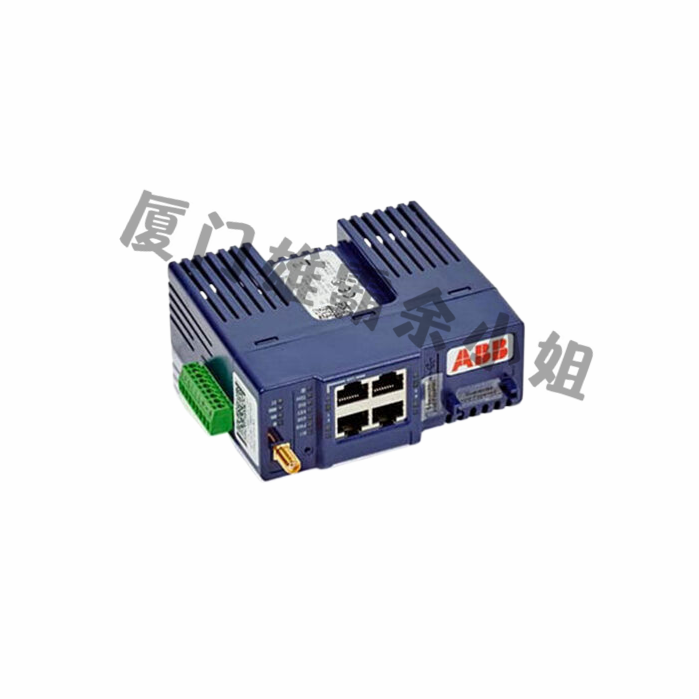The function of bidirectional thyristor:
- The function of bidirectional thyristors in circuits is to be used for AC voltage regulation or AC electronic switches.
- Bidirectional thyristor “is developed on the basis of ordinary thyristors. It can not only replace two thyristors with opposite polarity in parallel, but also only requires one trigger circuit, making it an ideal AC switching device. Its English name is TRIAC, which means three terminal bidirectional communication switch.
- There are many advantages to thyristors, such as: controlling high power with low power, with power amplification factors up to hundreds of thousands of times; Extremely fast response, turning on and off within microseconds; Contactless operation, no sparks, no noise; High efficiency, low cost, and so on.
Application of bidirectional thyristor:
Nowadays, the application market of thyristors is quite broad, and thyristors are used in the fields of automatic control, mechatronics, industrial appliances, and home appliances. Controllable silicon has a wide range of applications in people’s lives. More importantly, the application of thyristors is quite stable, such as electronic switches used in household appliances, which can be said to have little variation. No matter how other components change, the changes in thyristors are not significant, which is equivalent to expanding the application market of thyristors and reducing investment risks. With the hot sales of consumer electronics products, more sales space has been provided for thyristors. Two new standard three terminal bidirectional thyristor switch elements have been launched to optimize the performance of consumer electronic products. These two types of three terminal bidirectional thyristor switches adopt advanced planar silicon structure design, which has high reliability. In addition, the maximum loss in the conducting state is only 1.5V, thus achieving high efficiency. The target application areas of these two products include washing machines, vacuum cleaners, dimmers, remote switches, and AC motor control equipment.
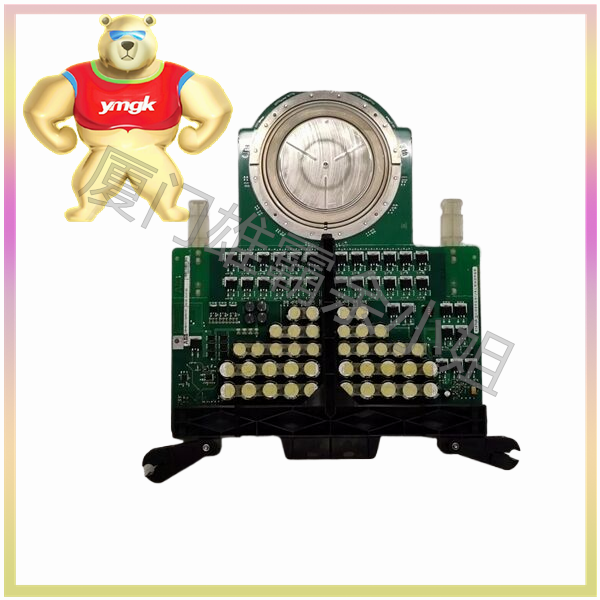
Internal circuit of zero crossing triggered AC solid state relay (AC-SSR). It mainly includes input circuit, optocoupler, zero crossing trigger circuit, switch circuit (including bidirectional thyristor), and protection circuit (RC absorption network). When the input signal VI (usually high level) is added and the AC load power supply voltage passes through zero, the bidirectional thyristor is triggered to connect the load power supply. Solid state relays have low driving power, no contacts, low noise, strong anti-interference ability, short suction and release time, long lifespan, and can be compatible with TTL/CMOS circuits, replacing traditional electromagnetic relays.
Bidirectional thyristors can be widely used in industrial, transportation, household appliances and other fields to achieve various functions such as AC voltage regulation, motor speed regulation, AC switch, automatic opening and closing of street lamps, temperature control, dimming of desk lamps, stage dimming, etc. It is also used in solid-state relay (SSR) and solid-state contactor circuits.

